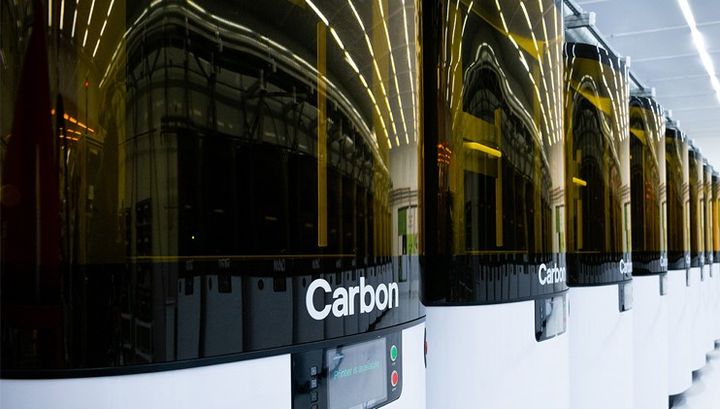
There are several ways to obtain 3D printing technology, and one of them is by subscription. But is it for you?
In the old days the financial choice for acquiring equipment was pretty straightforward: you buy, or you lease.
Buying requires that you have all the cash ready to go at time of purchase, and this is the approach most frequently done for lower-cost devices. That’s because almost every company or individual has that level of cash on hand. For hobbyist-level 3D printers, this is the exclusive method of acquisition.
Leasing is a bit more complex, as you pay a fixed amount per month for a specific term. At the end of the lease the equipment is returned, or sometimes bought outright by the lessor at a lower price.
Leasing is done for a couple of reasons. One is that departmental budgets in a company may not withstand a huge purchase bulge in a single month. Thus the department can get around that limitation by spreading their cost over the leasing period.
Another reason for leasing is financing terms. Imagine a company intending on buying a device, but they don’t have the cash. They approach a bank and attempt to get a loan, but the loan terms are a bit steep. It’s possible the leasing financial terms offered by the 3D printer vendor turn out to be better than getting a loan from the bank, and so the lease proceeds.
But now there is another option, and that’s by subscription.
Subscription 3D Printing
The idea here is that you still smooth out your cash flow, but instead of paying a lease you are paying for a subscription. This means that the equipment remains owned by the vendor throughout the subscription, but it also means you’re getting more than just the equipment. The subscription is really a bunch of services that represent most of what you need to successfully operate the device.
This is quite similar to cloud-based software subscriptions, such as have been implemented by Adobe and Autodesk. For the monthly subscription fee you get access to the latest software version and associated services.
One 3D printer company that is using the subscription model is Carbon, and they’re one of very few. HP launched 3D-as-a-service last year, introducing another subscription-based plan a few months ago. But I think these may be the only companies to even have a subscription as an option. Carbon has been using this approach for quite a while now, and as their company is quite successful, it seem that their clients like the subscription model.
Many of us shy away from subscription services, as we just don’t want “another monthly fee” to add to the countless others we end up paying. However, for many businesses a subscription model may be the right thing to do.
Like leasing, there is no massive hit to the budget, so there’s that. But there are other benefits. I read a piece by Carbon that explains their thinking on subscription benefits. Here are some of their propositions:
Regular software updates about every eight weeks: Similar to cloud systems, this ensures the equipment is always up to date. This makes it easier for Carbon to troubleshoot and fix issues, as the entire worldwide fleet is always at the same software level. But for operators it also ensure they are on the latest version with the new features and fixes.
New high-performance 3D printing materials: Carbon, like many 3D printer companies, focuses on materials these days. They introduce new manufacturing materials occasionally, and the subscription ensures the devices are ready to make immediate use of them. In contrast, purchased or leased machines usually do not get such updates and thus the operator may have to pay for an upgrade to get access to them.
Turnover: When a machine ages it becomes less useful, and eventually “dies” on the factory floor unless it is dealt with. This is extra work for a company, and sometimes generates lively discussions with management about buying new equipment. In other words, there’s work and issues whenever the machine turns over. This is avoided with subscriptions, as the subscription can be flipped to another machine in the future.
There’s another advantage Carbon didn’t mention: flexibility. When you purchase a machine, you own it and are fully responsible for it, including when it dies, however long that may take to happen. When you lease a machine, you are committed to payments for the entire lease period, regardless of whether you use the machine or not.
With a subscription you should be able to opt out at any payment interval (depending on the contract terms, of course). This is far more flexible than purchasing or leasing, and perhaps could be most useful if a company suffers a sudden downturn. Alternatively, it should also be possible to add subscriptions should a sudden need arise for more production capacity.
Fortunately, we now have three different acquisition models that can be applied to 3D printers. None of these are right or wrong, you just need to pick the one that best fits your situation.
Via Carbon/Medium
